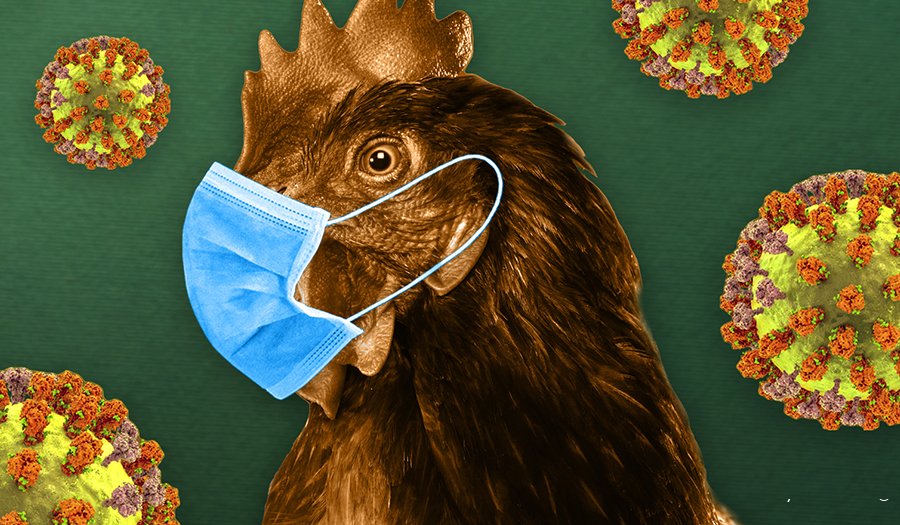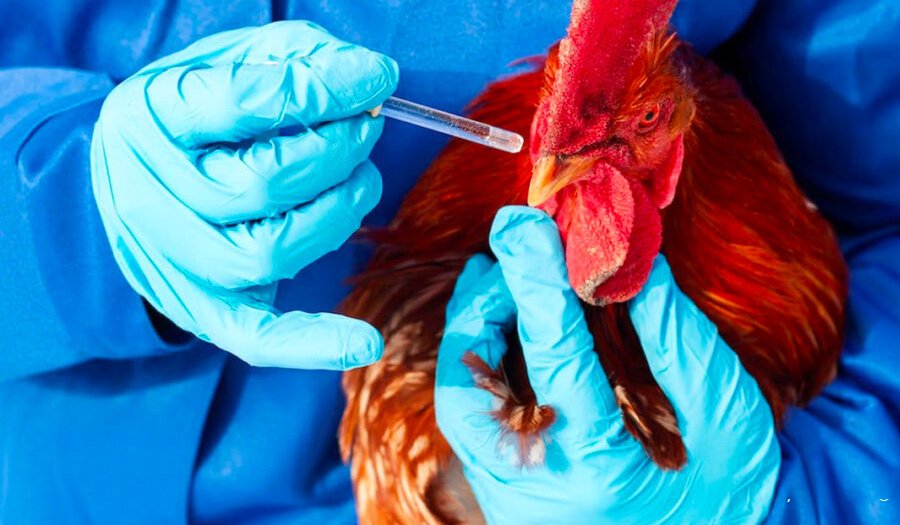Avian Influenza: A Global Threat to the Poultry Industry
avinews

The omnipresent presence of Avian Influenza or bird flu. This disease, caused by a type A influenza virus, has left in its wake a trail of significant economic losses due to the massive culling of infected birds. Making the situation worse, once the disease is detected, there is no effective treatment to combat it.
INTRODUCTION
The global poultry industry faces one of its most formidable challenges to date:
The omnipresent presence of Avian Influenza or bird flu. This disease, caused by a type A influenza virus, has left in its wake a trail of significant economic losses due to the massive culling of infected birds. Making the situation worse, once the disease is detected, there is no effective treatment to combat it.
Zucami’s technical team is at the forefront of the fight against this avian pandemic.
Aware of the devastating impact that avian influenza has on the industry, we are committed to providing tools and advice that enable our customers to identify and understand this disease and implement effective preventive measures.
Avian influenza affects birds worldwide, caused by various subtypes of the influenza A virus. This virus is characterized by its genetic variability, presenting a wide range of hemagglutinin and neuraminidase subtypes. However, within this diversity, two classifications stand out for their relevance:
High pathogenic avian influenza virus.
Low pathogenic avian influenza virus.
Highly pathogenic avian influenza viruses are of concern because of their ability to cause severe disease and high mortality rates in infected birds. These viruses can cause rapidly devastating outbreaks in poultry populations, resulting in significant economic losses to producers.
On the other hand, low pathogenic avian influenza viruses generally cause milder disease or may even go unnoticed. Although their direct impact may be less severe than that of their highly pathogenic counterparts, these viruses still pose a threat to the poultry industry, as they can serve as containers for genes that can combine with other influenza viruses such as human or swine influenza, giving rise to potentially dangerous new strains.

But how can we prevent or manage it?
Well, the prevention of avian influenza is crucial to protect poultry populations and avoid significant economic losses in the industry. Therefore, Zucami would like to provide our readers with some key points to keep in mind:
1. Rigorous Biosecurity
Implementing adequate biosecurity measures at all stages of poultry production is critical. This includes limiting access of unauthorized persons to the facilities, the use of exclusive equipment and tools for each area, and regular disinfection of facilities and equipment.
2. Control of Bird Movements
Restricting bird movements and preventing the entry of birds from areas with known outbreaks of avian influenza can help prevent the introduction and spread of the virus into poultry populations.
3. Epidemiological Surveillance:
Establishing epidemiological surveillance programs to detect the presence of the disease in early stages is essential.
4. Vaccination
In some regions, selective vaccination programs against specific strains of avian influenza can be implemented, especially in high-risk areas. However, it is important to remember that vaccination is not a substitute for other prevention and control measures.
5. Education and Training
Training personnel in proper handling and biosecurity practices, as well as in the recognition of clinical signs of disease, can help prevent the spread of avian influenza within poultry facilities.
6. Collaboration and Coordination
Working closely with health authorities, industry organizations and other relevant stakeholders can facilitate the coordination of efforts to prevent and control avian influenza outbreaks.
In conclusion, avian influenza represents a constant threat to the global poultry industry. Early detection, implementation of rigorous biosecurity measures, epidemiological surveillance, vaccination, continuous education and collaboration with the different agencies in each country are fundamental to mitigate the risks associated with this disease. At Zucami, we are committed to providing our customers with
the tools and knowledge necessary to meet this global challenge and protect the health and sustainability of their poultry operations.
Similar content
Asia: Biggest Exporter of Processed Chicken
Asia is the region that exports the most processed chicken products, according to poultry industry
Population Growth Will Boost Asia’s Egg Uptake
The rate of human population growth in Asia is forecast to be slower than the global average,
Chicken Meat Consumption Exceeds Global Average in the Americas
Poultry uptake is forecast to rise faster than pork and beef worldwide in the coming decade,
GLOBAL POULTRY TRENDS 2013: Americas Account for 20 Per Cent of Global Egg Output
Global egg output is heading towards 68 million tonnes, with the Americas producing one-fifth of
Slowing of Asian Population Growth to Impact Chicken Consumption
As the rate of growth in Asia's human population slows down, average poultry meat consumption per
